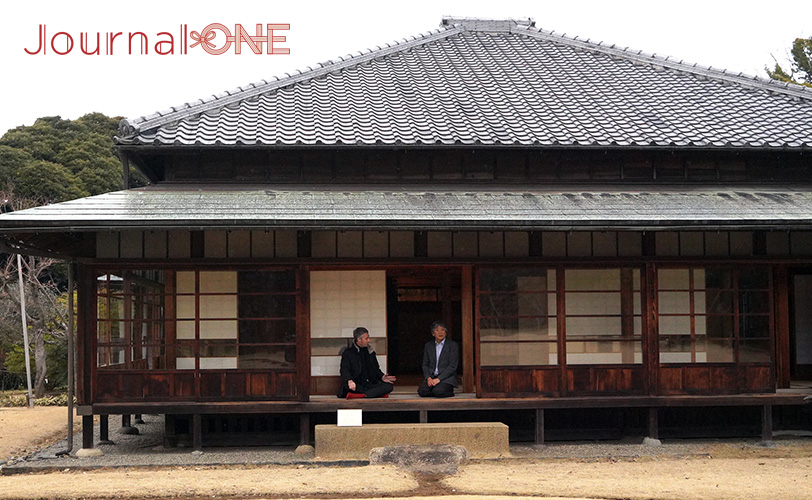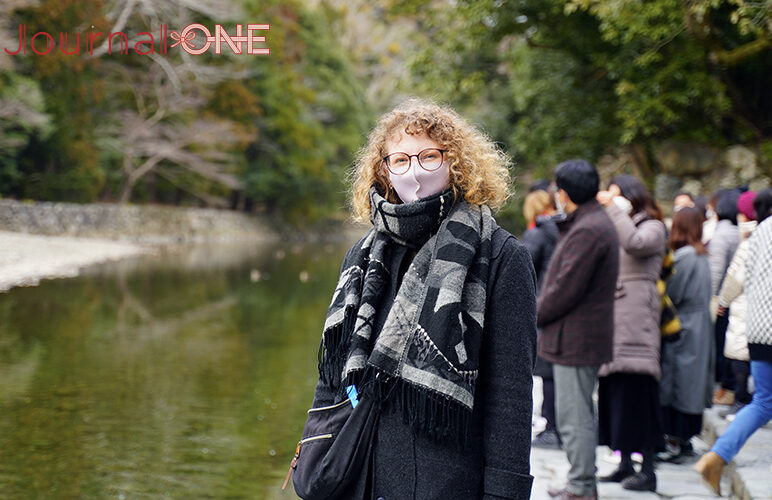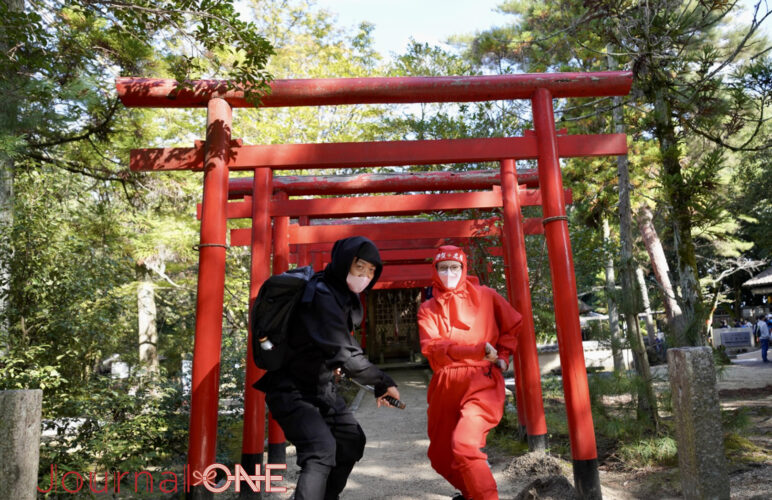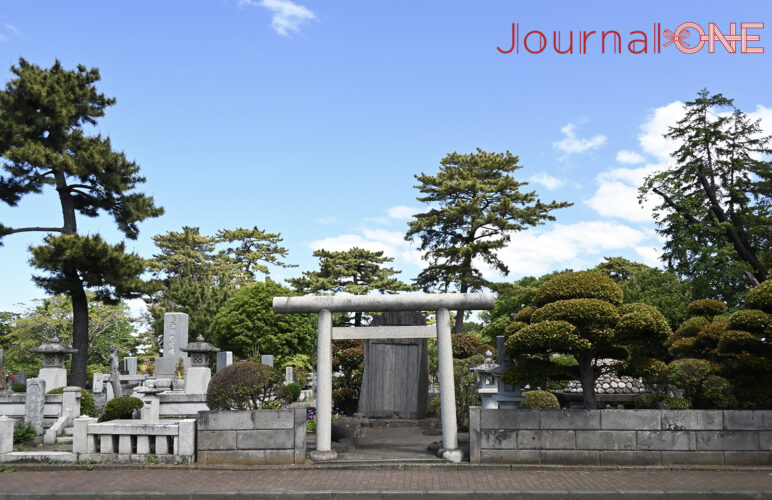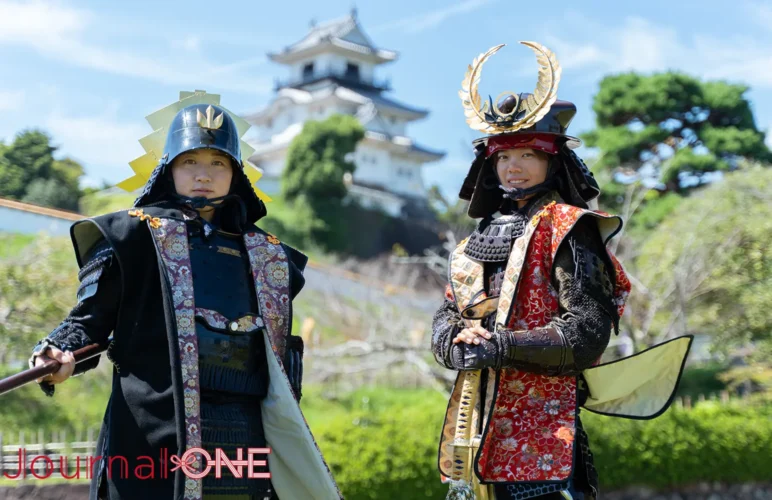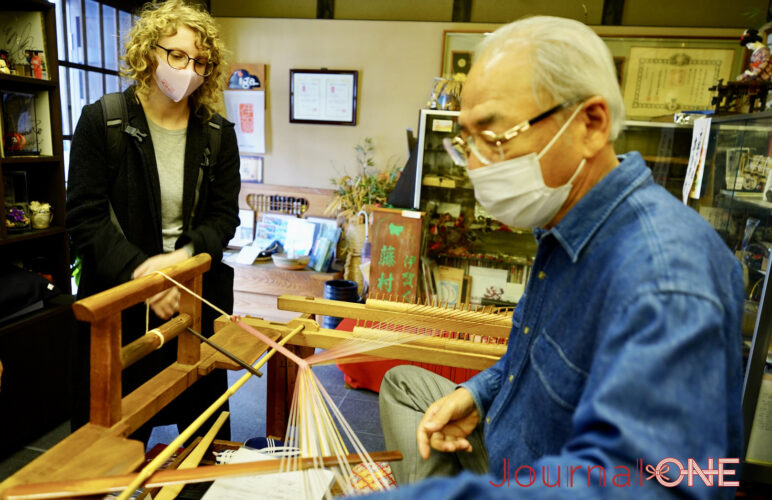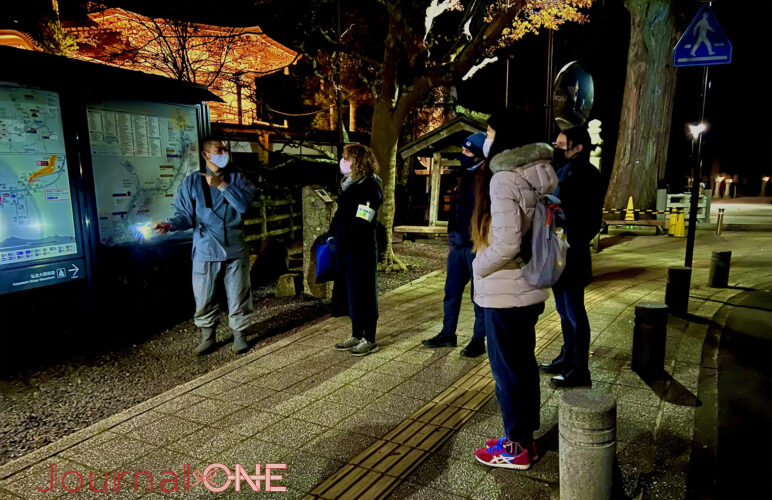Matsudo’s Tojyo-tei House and the Tojo Museum of History
Matsudo City, located in Chiba Prefecture and just 22 kilometers north of Tokyo is currently seen as a bed-town on the edge of the metropolis, where the workers of Tokyo retreat each evening to eat and sleep before making their way back to the concrete canyons next morning. It was also home to one of the most fascinating characters in Japan’s late feudal period history, a man who could have, would have, and should have become the Shogun, but for the turning of the pages of history. The traditional styled home of Lord Tokugawa Akitake and his magnificent gardens still remain in Matsudo City, and are designated a Place of National Scenic Beauty, one of just four such places within Chiba Prefecture.
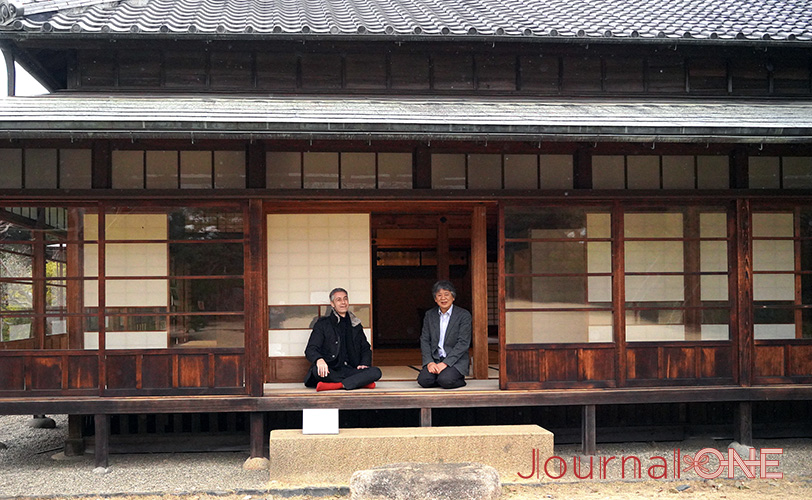
From the early 1600’s and for over 250 years, Japan had remained in a self-imposed exile, cutting itself off from the outside world until the mid to late 19th century when American warships sailed into Edo Bay demanding that Japan make itself available to trade. The samurai were shocked to discover that while the nation had been in hibernation, the rest of the world had advanced technically. Unable to face nor repel the advanced western intruders, the Shogunate lost a great deal of respect, prestige, and power. This in turn hastened the end of Japan’s feudal period and started Japan’s race to catch up and prove itself on the world stage.
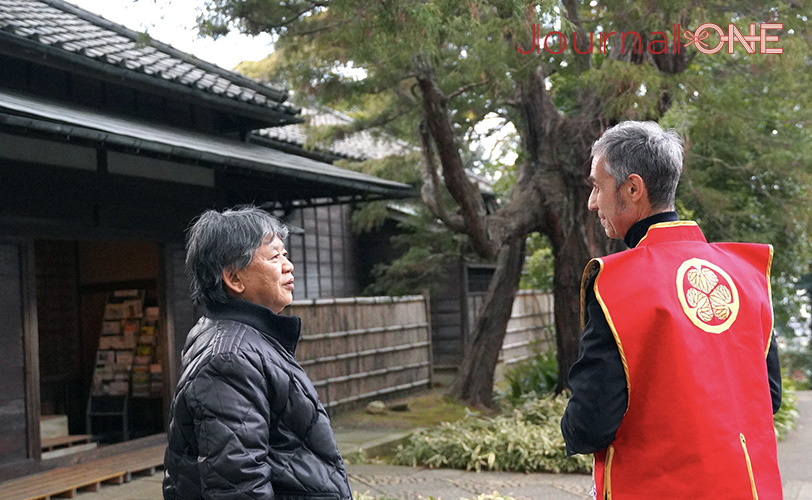
The year the American warships arrived, 1853, a child was born to the Daimyo of Mito, Tokugawa Nariaki. His 18th son in fact, and a younger brother to the 15th and final Shogun, Tokugawa Yoshinobu. This child was Tokugawa Akitake.
In late 1866 the then 13-year-old Tokugawa Akitake was chosen to head the Japanese delegation and the first ever Japanese Pavilion at the 1867 World Fair in Paris. The World Fair was a great success, displaying the very best of Japanese traditional arts, crafts and its excellent manufacturing techniques to the world for the first time.
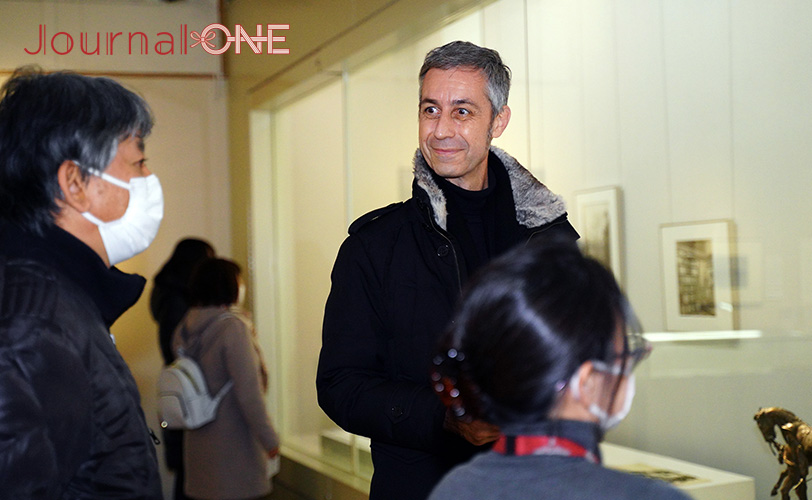
When the fair ended, Akitake’s mission extended to meeting Europe’s leaders and royalty including Napoleon III of France, the Netherland’s King William III, England’s Queen Victoria, Victor Emmanuel II of Italy and Belgium’s King Leopold II. As a potential future Shogun, it was considered important for the youth to have contact with the Heads of State and Royalty of Europe.
Having completed his mission Akitake headed home, but soon returned to France, intending to pursue his studies until 1868 when he was forced to return to Japan to assume the position of Daimyo of Mito on the untimely death of his elder half-brother, Yoshiatsu. This coincided with the last ditch Boshin Civil War fought for control of the nation between those loyal to the Shogunate and those of the Imperial forces, leading to the subsequent collapse of the shogunate. Control of Japan was returned to Emperor Meiji, and the Tokugawa clan, rulers for over 260 years, found themselves made redundant. The great destiny that awaited Akitake disappeared like the proverbial dust in the wind. In later years he retired to Matsudo where he built the extant home and gardens.

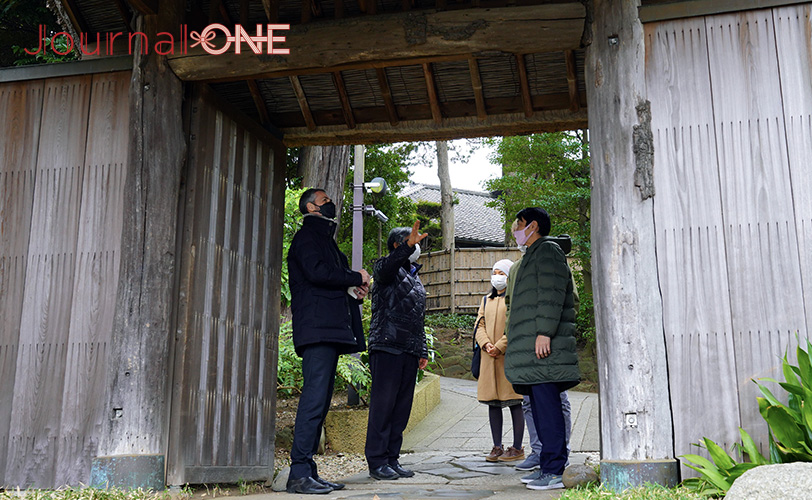
The villa is an excellent example of a retirement structure of the elite. This sort of high-quality samurai related architecture is now rare in the Kanto (far eastern Japan) region, as much has been lost over the years since the overthrow of the shogunate and feudal period. Fires, earthquakes wartime air raids and modernization finished off the rest over the years.

The garden’s combination of western and European landscape features are unique to the Tojo-tei, and the wide, well-manicured lawns inspired by European gardens were the first of their kind in Japan. Traditional gates, gardens and architecture are dotted here and there across the sprawling 7.6 hectare hilltop property that once afforded views across Matsudo and the Edo River, the plains of the Tokyo region and even of Mt. Fuji in the far distance.
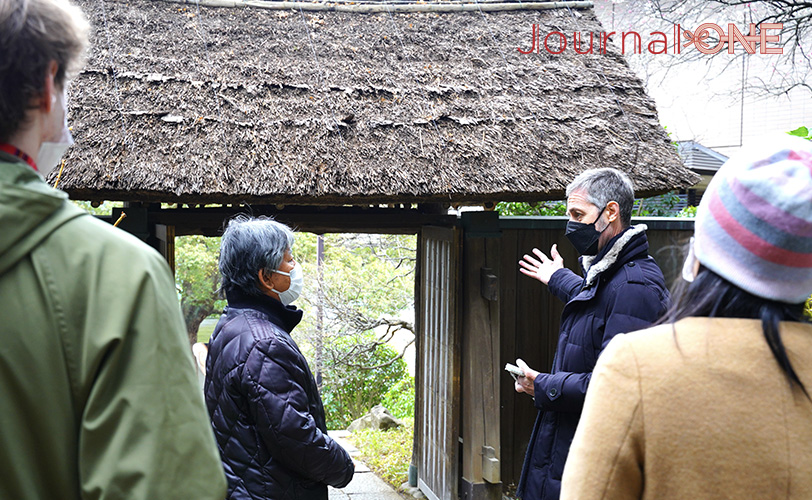
The elegant house where Akitake and his family enjoyed the views and cultural pursuits consists of nine buildings connected by corridors and contains 23 rooms, most being traditional tatami mat rooms surrounded by the linear woodwork of traditional shoji screen doors and exposed wooden pillars. Each of the rooms faces either the outside garden, or small inner courtyards pleasantly arranged with traditional Japanese aesthetics. Of note are the ranma, the carved transoms below the ceilings separating the rooms. Each one tells a different tale, with carvings of hollyhock leaves that make the Tokugawa clan crest, birds, bamboo, bats, butterflies, flowers.
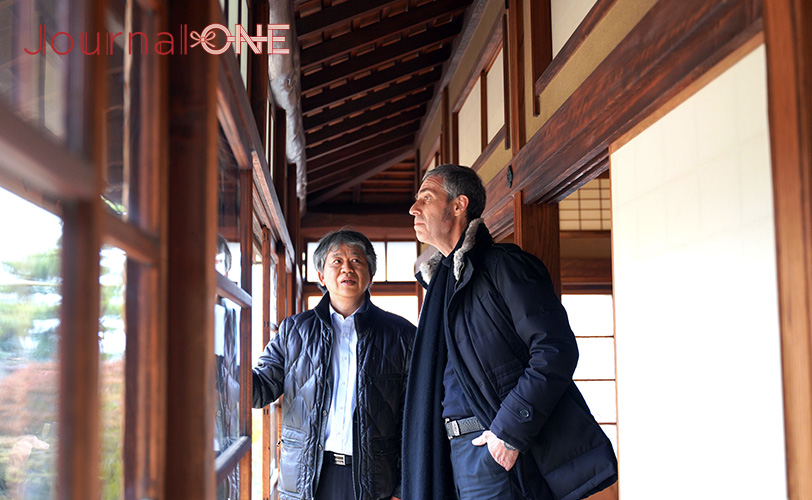
Other fixtures, such as the metal kugi-kakushi, the decorative nail head covers along the room edge beams feature the symbols of the Tokugawa.
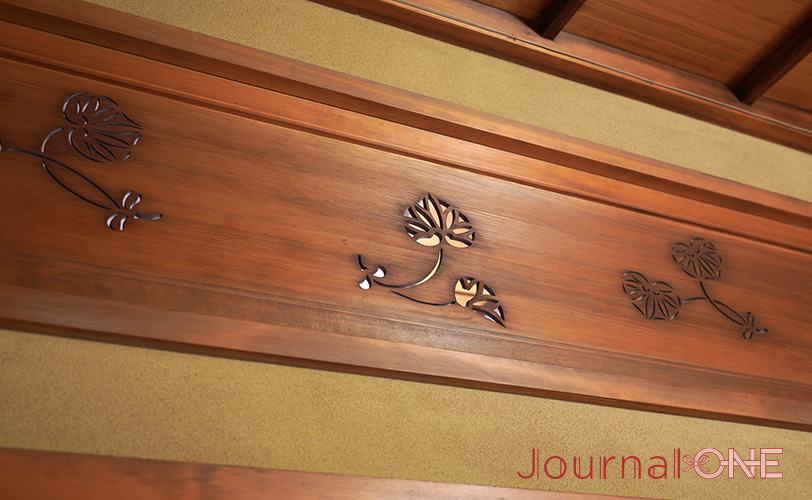
Along the outer corridors surrounding the main living quarters are two single 12-meter-long logs acting as ceiling beams. Only someone of great wealth and means could have such beams sourced and incorporated into the architecture.
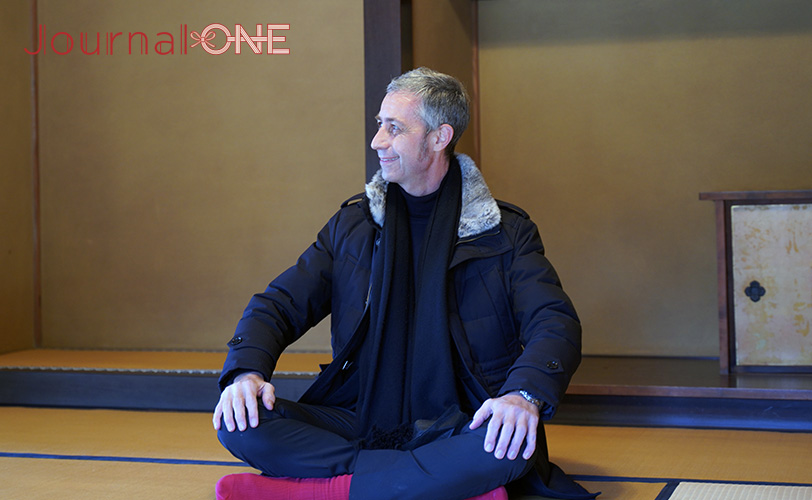
The Tojo Museum of History
Like many of the affluent Tokugawa clan members, Akitake was an avid photographer and took many thousands of photographs of which over 500 glass plate negatives remain. Documenting the times, they also provide fine records of the gardens surrounding the Tojo-tei House, and these images are being used to further recreate the gardens and improve the restoration projects. The picturesque gardens are a popular wedding photo spot for local couples, and photographers in general. Kimono clad visitors can often be seen wandering the gardens while attending tea ceremonies at the garden’s Shoun-tei tea house adjacent the main house.
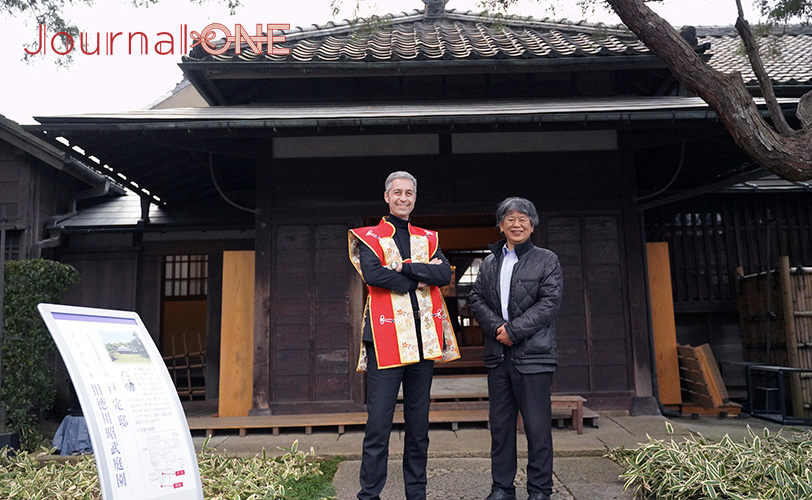
The fine Tojo Museum housing a collection of over 10,000 items, personal belongings, daily life photographs and documents related to Akitake stands on the site. The curator, honorary Director Mr. Saito is a wealth of knowledge with a passion for the regions’ history.
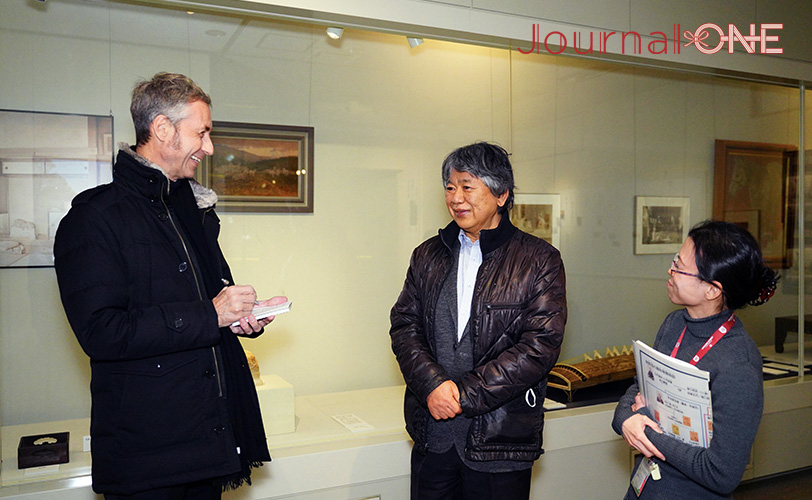
Tokugawa Akitake found himself trapped between the pages of history, and mostly forgotten, however his elegant home, one of the best remaining examples where one can visit, see and understand the living styles of the once mighty ruling Tokugawa clan, remains his legacy. A part of history, the Tojo-tei House remains the pride of Matsudo City.
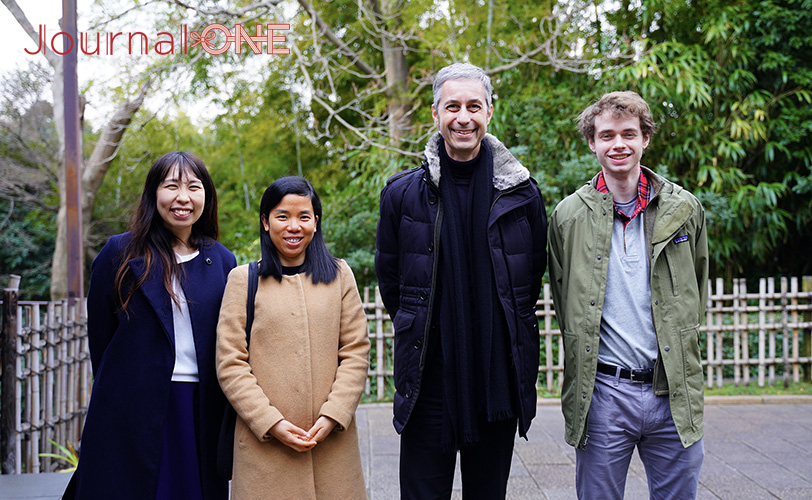

After working in the Australian radio industry for seven and a half years, he returned to Japan in 1992, working as a DJ at Tokyo radio station KTYO and as a copywriter at a foreign advertising agency before joining Nagoya’s ZIP-FM in 1993.
As an inbound tourism advisor he serves on various local, regional and national government agency and promotional boards as an advisor.

